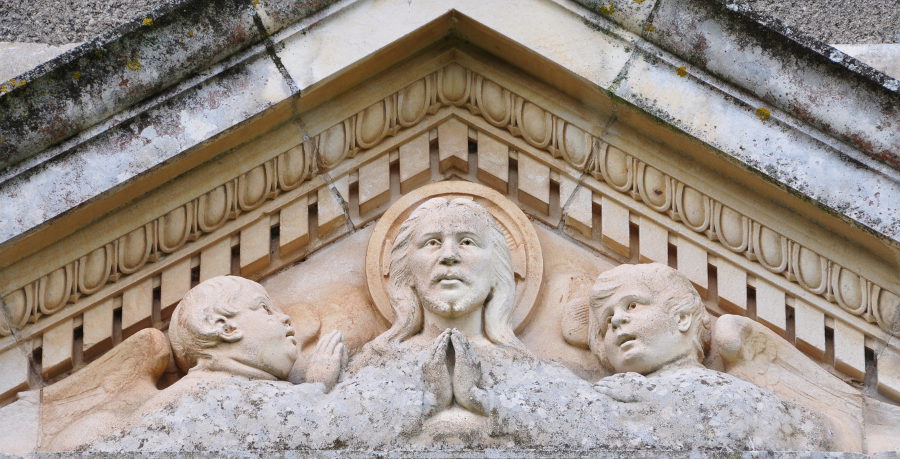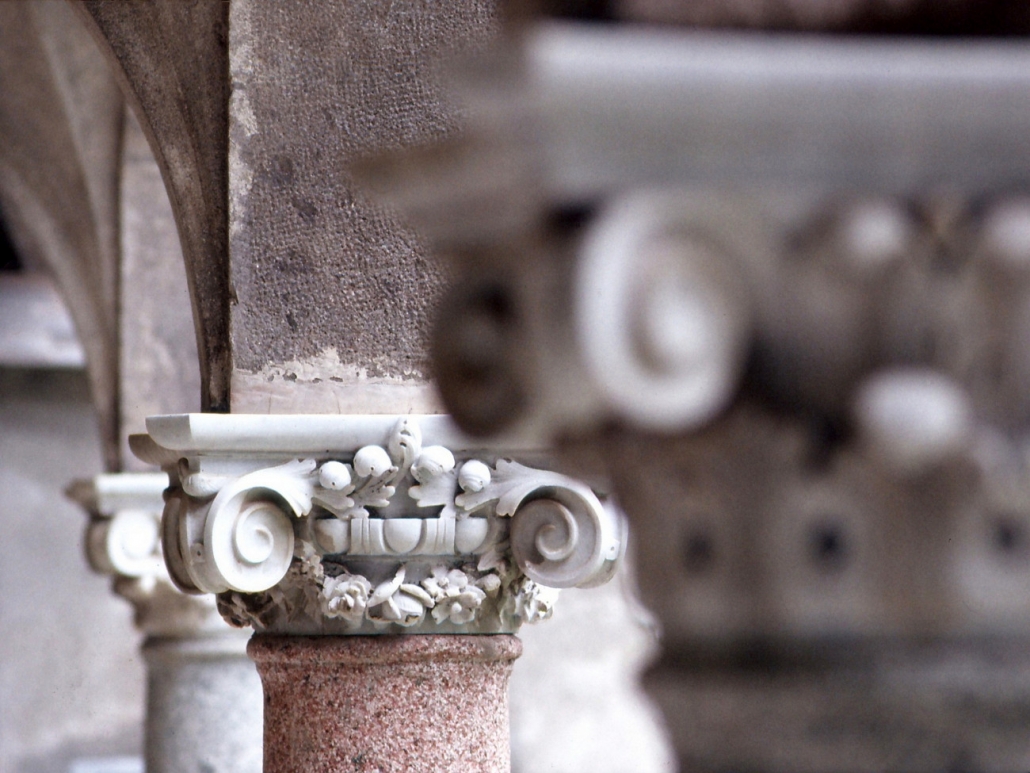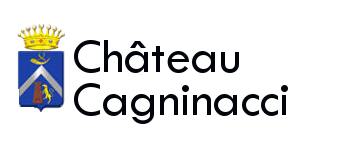
According to the archives of Mariana and Accia, in 1728, there were 26 convents in the diocese: six Observantine, seven Reformed Catholic, eight Capuchin, and five Servite, plus a Dominican hospice in Saint Hyacinthe de Lota.
Each community had its convent in the area: one for the Capuchins, dedicated to Notre-Dame-des-Anges, and one for the Dominicans, situated in Casa alle Ieccie, in San Martino, near Mola; the latter was more of a shelter or refuge (“hospice”), dedicated to Saint Hyacinthe and built two kilometres west of Miomo. Both were built in the 17th century.
THE CAPUCHIN CONVENT
The first mention of Capuchin Friars in Lota dates back to the early
17th century. On the 27th of April 1604, the parish of San
Martino received a judgement that funds would be allocated in favour of the Capuchin
brothers. The inhabitants of this village were eager to have a convent built in
the area. Despite the opposition of the Dominicans of Saint-Hyacinthe, who were
already in situ, and who probably thought that two convents was one too many
for a single parish, the Capuchins built their own convent, near the hamlet of Mola.
Donations and legacies came from far and wide. By 1645 the building works had
still not been completed. In that same year, Marietto q. Santone, from Oratoggio,
bequeathed a chestnut orchard to the Capuchin convent which was still under
construction in the parish of Lota.
Even though, according to the “bullarium capucinorum”, 1645 is the year when the convent was built, Padre
Francesco Scolca, who lived in the 19th century, mentions a small
manuscript found in the convent of Lota “…which was founded on the 28th
of May 1656″. The latter must be the date of the official foundation of Notre-Dame-des-Anges.
The San-Martino convent was a large quadrilateral building, standing proudly
with its cloister in the middle, and a chapel which filled almost the entire
north wing. Many Fathers and Brothers lived there; some of them originating
from Lota.
The Capuchin Fathers were in charge of the preaching in the neighbouring
parishes; they taught the children of the surrounding hamlets who came to the
convent to receive a religious education. They also took part in the religious
festivals and in parish ceremonies which they honoured with their presence.

On the 2nd of August, which is the “fête de la
Portioncule”, worshippers from all over the region gathered for the
pilgrimage to the chapel of Notre-Dame-des-Anges, so named in honour of the
patron saint of the convent.
Before the abolition of religious orders in 1797, several Fathers became well
known for their saintliness, making the Convent of Lota famous.
Father Benedetto de Lota, became a warden of the Capuchin convent of Ajaccio, where
he died, worshipped as a saint, in 1661.
Father Justin de Lota, from the hamlet of Figarella, died in Rome, having also
gained fame for his “odour of sanctity” on the 28th May 1810.
Father Antonio de Lota, also from Figarella, last surviving father after the clerics
left, who died at the age of eighty, in 1848, is buried in the grounds of Santa
Maria de Mandriale church.
After the abolition of the religious orders, the clerics went their separate
ways. Some went into exile in Italy; others, from Lota, returned home and
remained with their families until they died.
What happened to the convent? It was sold by the Government.
To save the church assets, including the Capuchin convent and church, in 1803, “i
sïgnori municipali” took 400 francs, on behalf of the community, from the
budget of Notre-Dame-des-sept-douleurs, “impiegandoli per la sigurezza dei
fondi”.
In 1844-1845, Father Francesco Scolca, a Capuchin chronicler wrote that Father Antoine (see above) and other clerics (also from Lota) bought the convent, on behalf of the community, for 96 francs, on the condition that the convent would be given back to the community at the death of the last father. Father Antoine died in the convent in 1848.
Father Francesco further comments: “II Padre Antonio bramava vedere di nuovo i capucini nel convento di Lota, di cui egli n’era il proprietario e custode, ma non ebbe questà fortuna, causa d’una famiglia allora prepodente.”
Which influential family was it who prevented the clerics from returning? This remains a secret! Father Scolca is unequivocal: Father Antoine was the owner and the guardian of the convent since he had paid 96 francs for it, but legally, the convent belonged to the town.
Owners changed

In 1845, the lower part of the convent housed the local police
court and the second floor contained the primary school and the teacher’s
private apartment. The new vicar of San Martino also had his lodgings there, and
had the responsibility of maintaining the convent.
Fifteen years after the death of Father Antoine, his most ardent desire came
true.
On the 5th of July 1863, by decision of the municipal board headed
by Mayor Charles-Felix Anziani, the rights of occupancy of the convent and its
assets were given back to the Capuchin clerics, apart from the court room. The San
Martino convent officially reopened on the 9th of September 1863. The
monks were back at work in the convent – with prayers, preaching, teaching and
giving of holy sacraments. They also helped the curate in his parish duties as
vicars. Father Adriano, who died on the 6th of January 1876, was one
of the first guardians.
As it became more and more difficult to make ends meet, the monks had to close
the convent. That was by the end of last century, before the law separating
Church from State (1905) came into effect. The convent then became the town’s property
again.
The town did not have the financial resources needed to maintain
such a big building, so Mayor Antoine-Hyacin Graziani had to put it up for auction
on the 27th of September 1908, based on a legal decision «arrêté
préfectoral» dated 26th of August 1908.
The Cagninacci family bought the whole property for 5,750 francs. They
converted the convent into a pretty little castle mansion (or château). Only
the chapel and the monk cells were not renovated.
After World War II, the Cagninaccis no longer lived in this vast property, which
was rented to the public energy company E.D.F., and served as a holiday camp
for E.D.F. staff children from 1949 to 1973. The chapel was converted to a “salle
des fêtes”, and the paintings and engraved wood fixtures were transferred to
the churches of San Martino and Mandriale in 1950.
Since 1974, the Cagninaccis have been back, living in their family property.
Based on the book “Histoire d’une Pieve: Lota” by Chanoine F. SARAVELLI-RETALI

